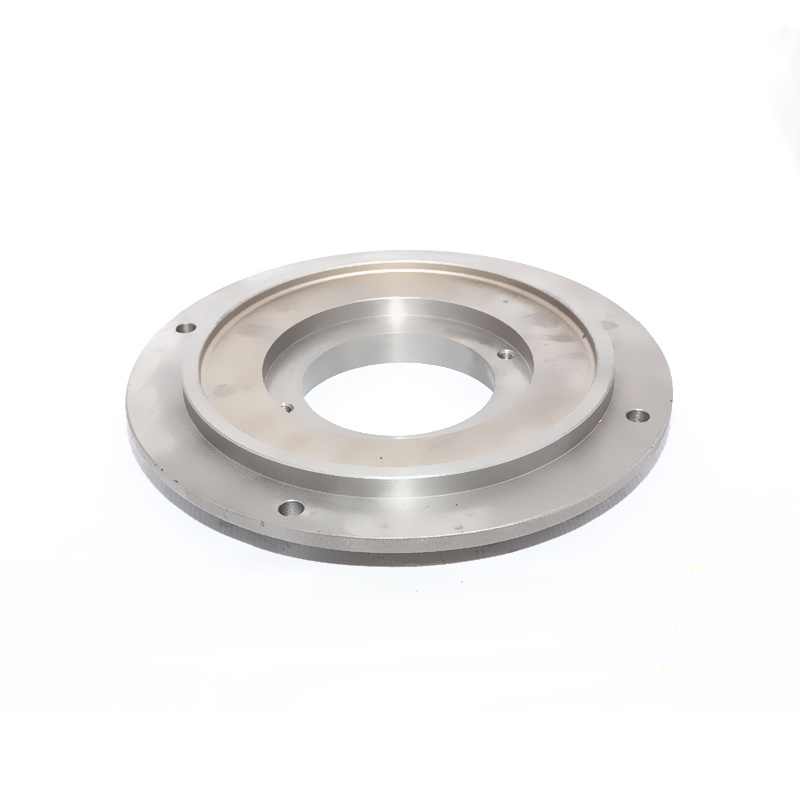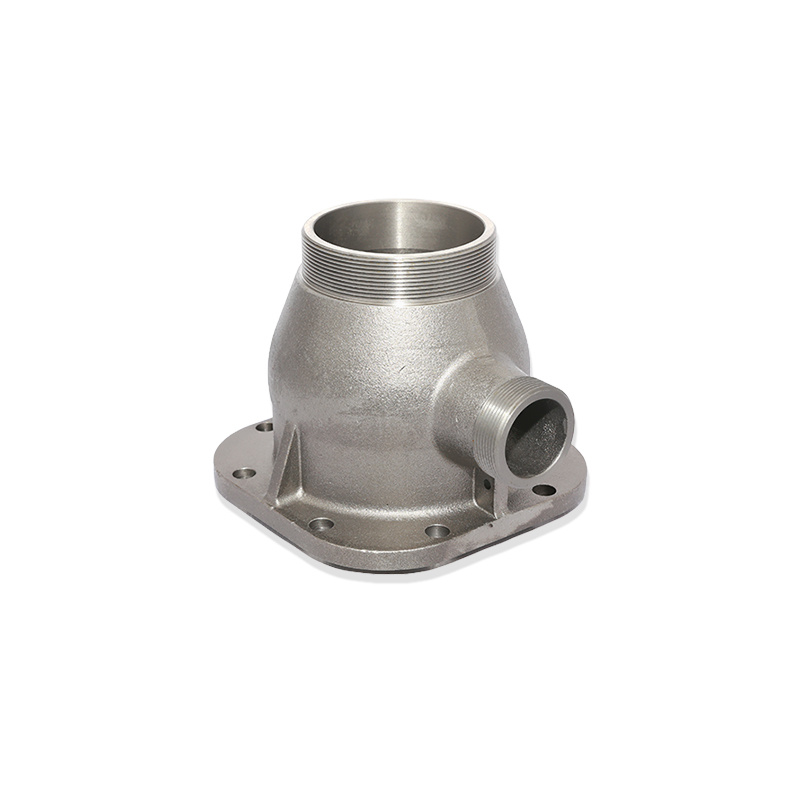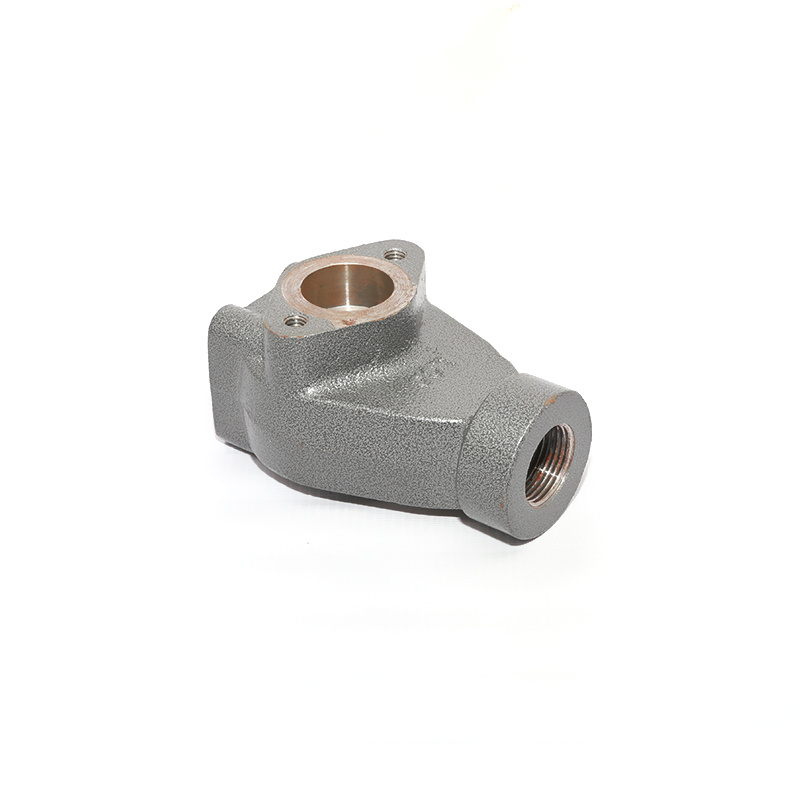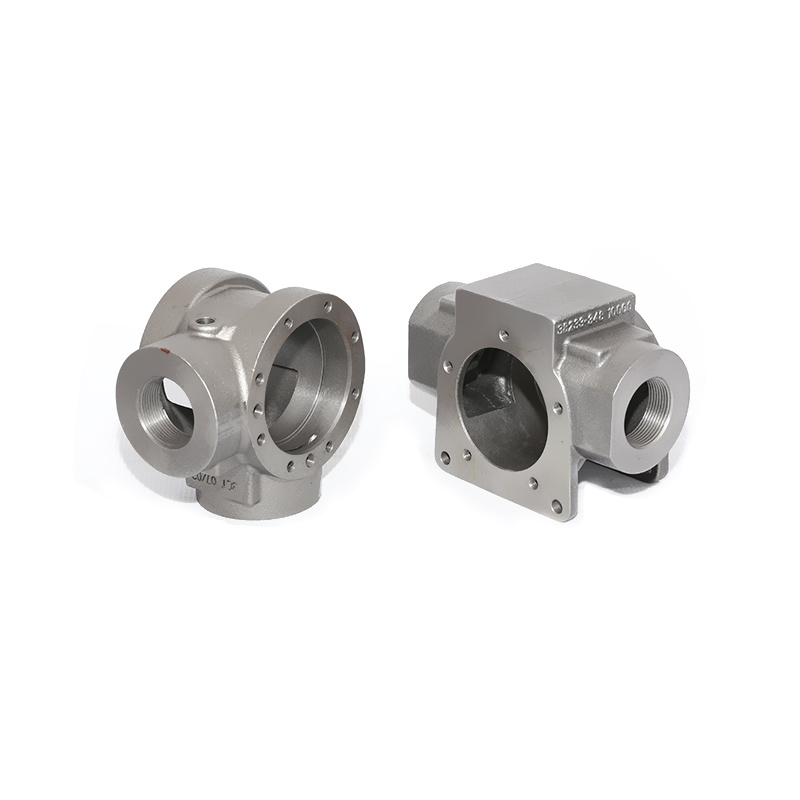Explore the working principle and application of hydraulic systems
Apr 07,2025
Introduction
Hydraulic systems are ubiquitous in modern industry. From construction and manufacturing to transportation, hydraulic technology plays an indispensable role. So, what exactly is production hydraulics, and how does it work? Let's find out!
What is Production Hydraulics?
Simply put, production hydraulics refers to the technology of using liquid pressure to transmit force. This technology is based on Pascal's Law, where pressure applied to a confined liquid is transmitted equally throughout the liquid. In other words, hydraulic systems allow for the output of high torque, which is widely used in many heavy machinery.
Basic Components of a Hydraulic System
A hydraulic system is mainly composed of the following parts:
- Hydraulic Reservoir: Stores hydraulic oil, providing the necessary liquid power for the system.
- Pump: Draws hydraulic oil from the reservoir and pressurizes it to drive the system.
- Valves: Control the flow direction and rate of hydraulic oil.
- Actuators: Such as hydraulic cylinders or hydraulic motors, responsible for converting hydraulic energy into mechanical energy.
Working Principle of Hydraulic Systems
The working principle of a hydraulic system is actually quite simple. First, the pump draws hydraulic oil from the reservoir and pressurizes it. Then, through valves, the hydraulic oil is directed to the actuator, such as a hydraulic cylinder. Inside the hydraulic cylinder, the pressure of the hydraulic oil causes the piston to move, thus achieving the movement of the mechanical equipment.
Applications
Hydraulic systems are used in almost all industrial fields, particularly excelling in the following areas:
- Construction Engineering: Hydraulic excavators, cranes, and other equipment rely on hydraulic systems to achieve powerful operational capabilities.
- Manufacturing: In metal processing, plastic molding, and other processes, hydraulic technology is widely used in stamping and shearing operations.
- Automotive Industry: Hydraulic braking systems and suspension systems are indispensable parts of modern automobiles.
- Aerospace: Hydraulic technology also plays an important role in the control of aircraft and ground equipment.
Advantages and Disadvantages of Hydraulic Systems
Of course, hydraulic systems are not without flaws. Its advantages include:
- High Efficiency: Hydraulic systems can generate tremendous force in a small space.
- Strong Controllability: By adjusting the flow rate and pressure of the hydraulic oil, mechanical movements can be precisely controlled.
However, its disadvantages include:
- High Maintenance Cost: Hydraulic oil needs to be changed regularly, and the system also needs regular inspection.
- Leakage Risk: Hydraulic oil leakage can lead to environmental pollution and equipment failure.
Conclusion
In summary, production hydraulic technology, with its unique working principle and broad application prospects, has become an indispensable part of modern industry. With the advancement of technology, we have reason to believe that hydraulic systems will continue to play a greater role in the future, driving the development of various industries.
Latest News





